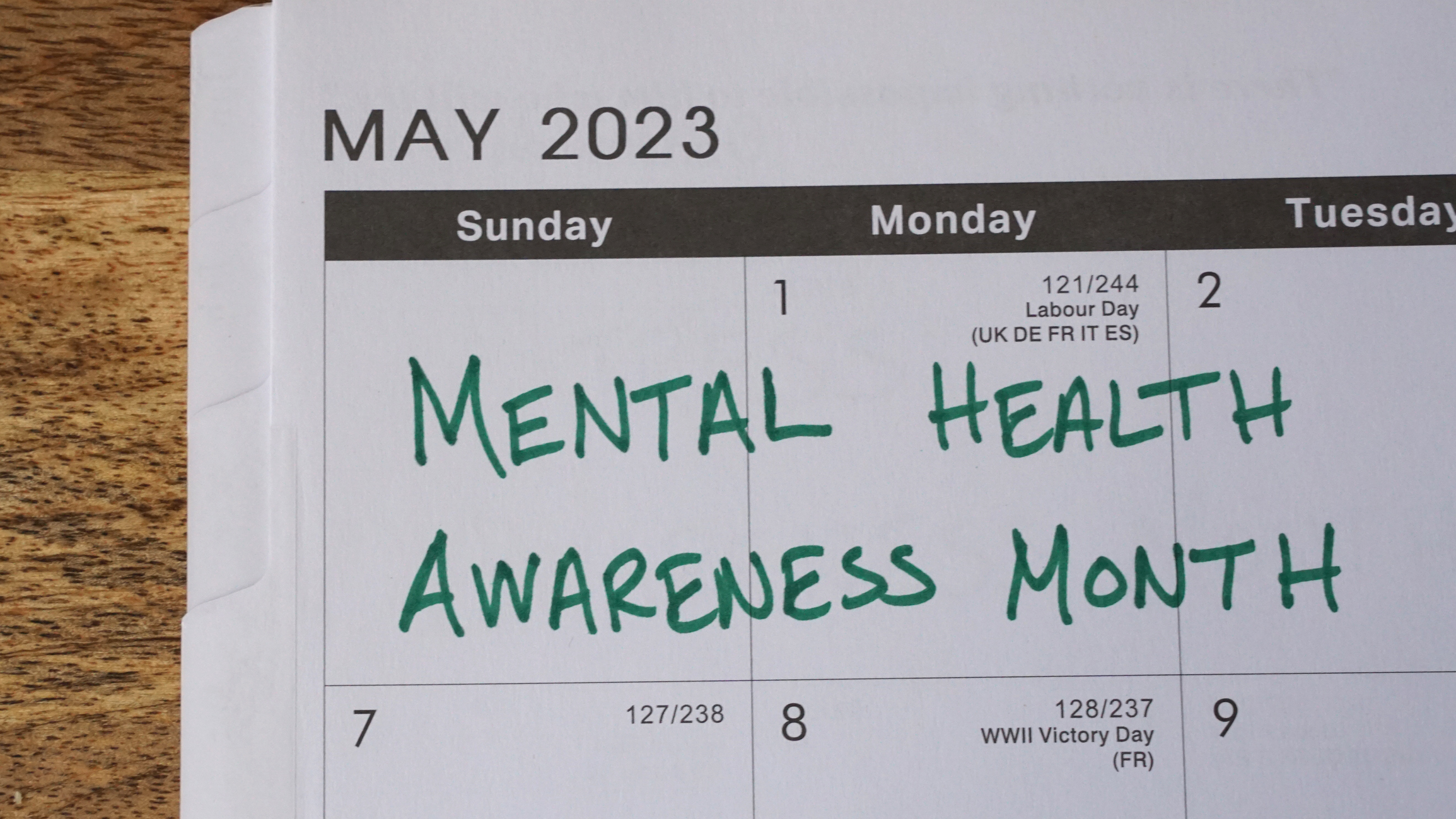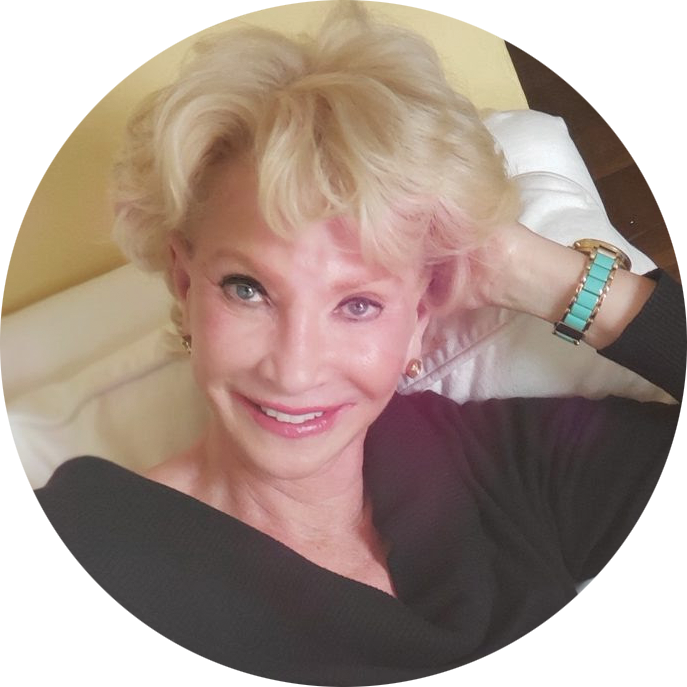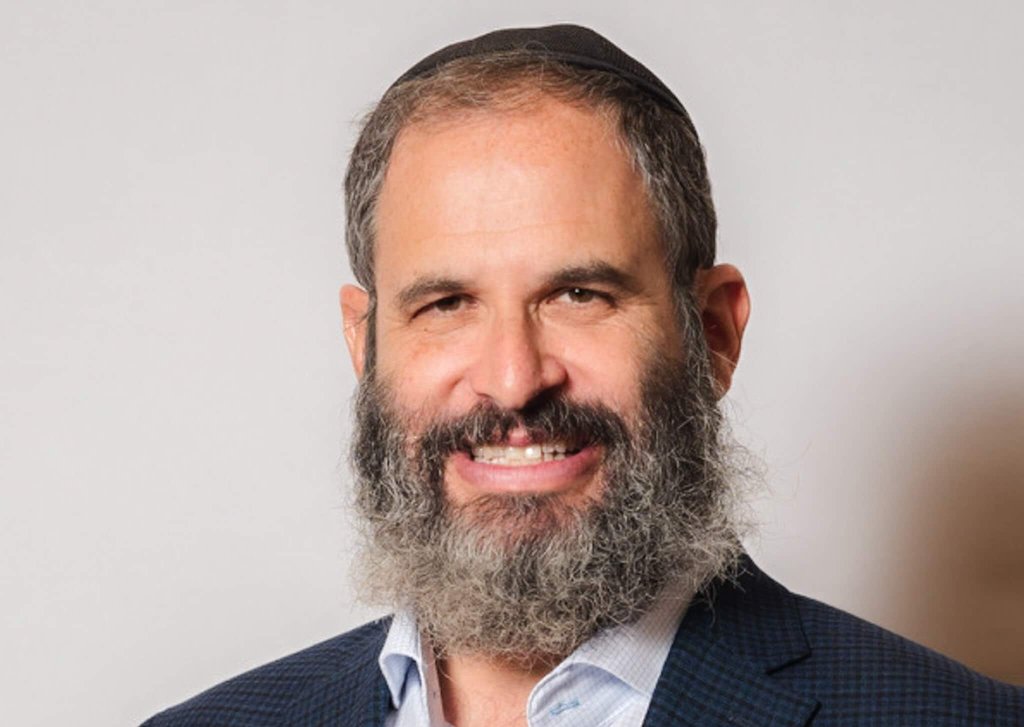Ask Beatty: May Is Mental Health Awareness Month, How Are You Doing?

Mental Health Awareness Month has been observed in May in the United States since 1949. It is a time to raise awareness of those living with mental or behavioral health issues and to help reduce the stigma so many experience. Never before have there been as many self-help books, therapists, coaches and mental health discussions on social media, podcasts and television. And yet millions of people continue to suffer in silence.
We all know that life is a series of ups and downs. No one is immune from life’s suffering and challenges, despite outward appearances. If you’ve been struggling with depression, anxiety, loneliness, sexual problems, substance abuse of various kinds or other psychiatric problems that are getting in the way of your life and relationships, the very best thing that you can do is reach out and ask for help.
I have tried to encourage people to be willing to acknowledge, address and resolve — as best we can — the issues that rob us of being able to live a joyful and happy life. Are you ready today, as we celebrate Mental Health Awareness Month, to tackle your demons? I hope your answer is yes!
One of the challenges is finding an experienced and competent mental health practitioner who can help you with your particular problem(s). All therapists, even those with similar credentials, are not the same or will be best for your particular issues and needs. Ideally, get a referral from someone that you trust. I do not suggest going to the internet and simply reading people’s likes and reviews. And remember that your friend’s therapist isn’t necessarily going to be the best therapist for you.
DEPRESSION
Depression among adults in the United States tripled in the early 2020 months of the global pandemic, jumping from 8.5% before the pandemic to a staggering 27.8%. This is equivalent to over 50 million Americans.
New research from Boston University School of Public Health reveals that the elevated rate of depression persisted into 2021 and even worsened, climbing to 32.8% and affecting one in every three American adults.
Almost a third of all adults with a mental illness reported that they were not able to receive the treatment they needed because they could not afford it.
SUICIDE
Suicide is the 12th leading cause of death in the United States. Every day 130 Americans die by suicide.
Suicide rates for females are highest among those aged 45–54. Females attempt suicide three times as often as males. Lesbian, gay and bisexual children are three times more likely than straight children to attempt suicide at some point in their lives.
Suicide rates for males are highest among middle-aged white men. In 2020, men died by suicide 3.88 times more often than women. White males accounted for 69.68% of suicides in 2020. As of 2020, suicide is the second leading cause of death for U.S. children ages 10–14, preceded only by unintentional injury.
ANXIETY
Anxiety disorders such as generalized anxiety, obsessive-compulsive disorder and panic disorder are some of the most commonly diagnosed mental health conditions in the United States, affecting 42.5 million adults.
PTSD
Post-traumatic stress disorder is a disorder in which a person has difficulty recovering after experiencing or witnessing a terrifying event. There are 12 million U.S. adults living with post-traumatic stress disorder.
BIPOLAR DISORDER
Bipolar disorder affects approximately 5.7 million adult Americans age 18 and older every year, according to the National Institute of Mental Health.
The median age of onset for bipolar disorder is 25 years, although the illness can start in early childhood or as late as the 40s and 50s. More than two-thirds of people with a bipolar disorder have at least one close relative with the illness or with unipolar major depression, indicating that the disease has a heritable component.
An equal number of men and women develop bipolar illness, and it is found in all ages, races, ethnic groups and social classes.
DOMESTIC VIOLENCE
Every day three women in the United States are killed as a result of domestic violence. Every nine seconds in the United States a woman is assaulted or beaten. One in seven men have been victims of severe physical violence by an intimate partner in their lifetime.
One in 10 high school students experience physical and/or sexual dating violence. About 43% of college coeds allege physical or sexual abuse by their dating partner. Only 33% of teens who were in an abusive relationship ever told anyone about the abuse. And 81% of parents believe teen dating violence is not an issue.
Females between the ages of 16 and 24 are roughly three times more likely than the rest of the population to be abused by an intimate partner. Nearly 20% of marriages and intimate partnerships will experience physical violence. Emotional abuse is even more common.
DIVORCE
Approximately 40%–50% of first marriages, 67% of second marriages and 73% of third marriages end in divorce.
LESSONS TO BE LEARNED
Even though we can’t change our history, let’s seriously consider the wisdom of the Serenity Prayer: “Grant me the serenity to accept the things I cannot change, the courage to change the things that I can and the wisdom to know the difference.” And remember that we don’t need to navigate life’s challenges on our own!

Beatty Cohan, MSW, LCSW, AASECT is a nationally recognized psychotherapist, sex therapist, author For Better for Worse Forever: Discover the Path to Lasting Love, columnist, national speaker, national radio and television expert guest, consultant to Organa, an Israeli sexual wellness company, and host of the weekly “Ask Beatty Show” on the Progressive Radio Network. She has a private practice in New York City and East Hampton.
Beatty would love to hear from you. You can email your questions and comments to BeattyCohan.msw@gmail.com. For more info, go to beattycohan.com.



